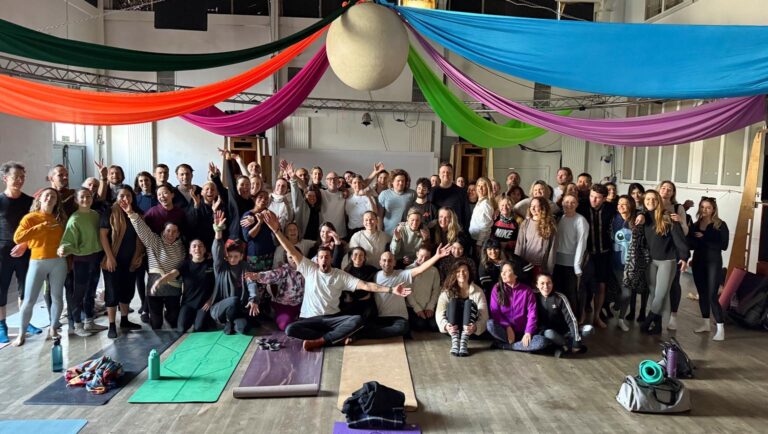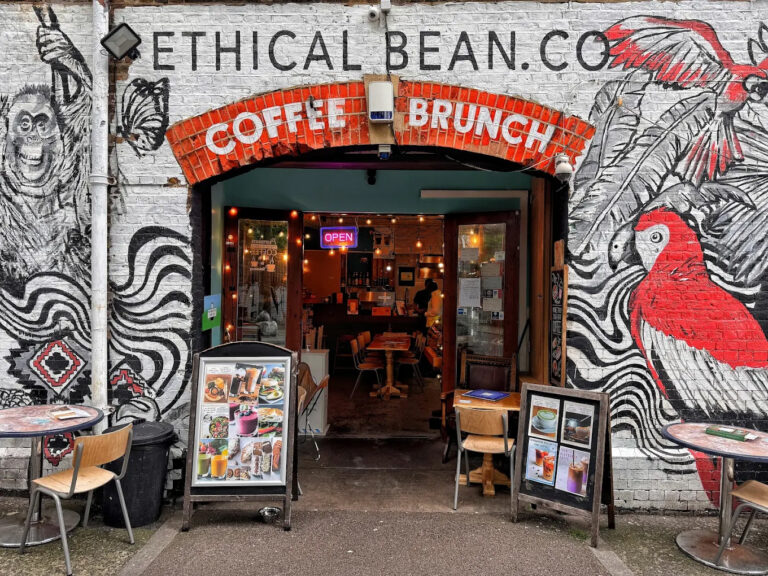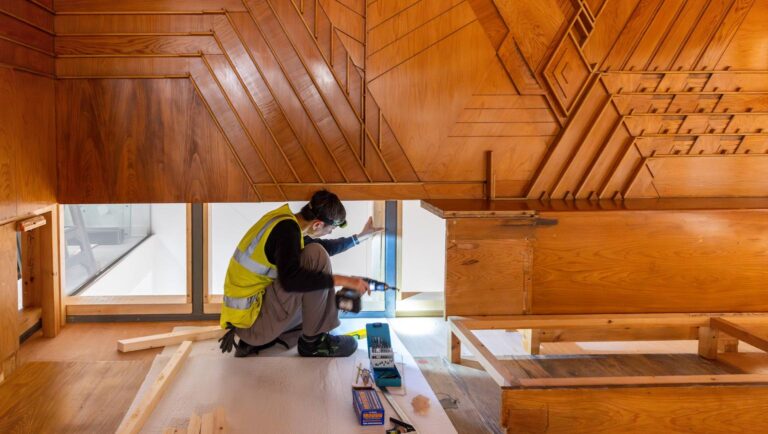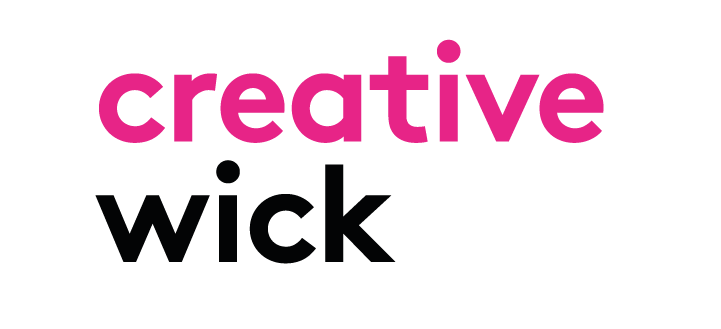
Review: Kokin – tuna meets fire at The Stratford
The new sushi restaurant now at the iconic skyscraper’s 7th floor and terrace
When we think about taking care of our health, we often focus on the things we’re doing for our physical body, like eating a good diet and doing regular exercise. But what about the things we can’t see?
Social Wellbeing – the sense of belonging to a community and making a contributing to society – is an often forgotten but vital contributor to our overall health and wellness. And we forget it at our own peril: both the physical state of social isolation and the perception of loneliness are independent risk factors for poor health and early death.
Whilst we tend to think that older generations are more vulnerable to loneliness and social isolation, it’s actually young adults who are more likely to feel lonely, according to a study by the Office for National Statistics.
There are several reasons why loneliness is so deadly. It reduces our immunity, which can in turn increase risk of disease. It also increases inflammation in the body, which is at the root of just about every chronic health condition from heart disease to cancer.
On top of that, stress, financial problems and everyday obstacles are likely to take a bigger toll on those who feel isolated or lack proper social support. Many of us do consider the quality our relationships when it comes to our health, but there is much more to social wellbeing than individual relationships.
Community is a word that is often mentioned in this context but rarely defined. The sense of being surrounded by a larger group of people who care about the same things that you do, and who care about you as an individual seems to be at its core.
Seeking out what matters most to you – whether that’s religion, fitness or food, a particular hobby or a purpose – and finding others who feel the same way is key to connecting with a community.
Just being surrounded by other people doesn’t guarantee the sense of belonging that in one of our fundamental need as humans.
When an area is gentrified, the demographic and local culture changes, but what happens to those who were there before and feel left behind? Kevin Hempsted, founder of A Balanced Life and longtime resident of Hackney Wick, has witnessed firsthand how the changing landscape is having a profound effect on the sense of identity of the communities who were already established here.
“As the entire culture of our neighbourhood shifts to cater to wealthier newcomers, this can have an isolating effect on longtime residents,” he says. “When the cost of getting involved in activities start to rise – local gym memberships, or yoga and dance classes – those with fewer financial resources are effectively excluded from these spaces.
Those who can’t afford it are either forced to leave or stay and remain socially isolated, living in parallel with a new community that serves as a reminder of what they can’t afford.” An influx of new residents also reduces social and economic resources previously available to everyone.
This is something that developers need to be held more accountable for. So how can we foster a sense of belonging? Often we engage with wellness in a very individualistic way – we might lift weights in the gym, go for a run, or book a massage. Shared experiences are a powerful way of improving mental health and building a sense of connection.
Ecstatic Dance is a vibrant community that comes together every Wednesday evening and Sunday morning in Hackney Wick. People from all walks of life join together at the Old Baths in the simple and courageous act of freeform dance.
It’s built on the principles of getting great exercise, freeing your mind and body, and connecting with yourself and others in a safe and healthy space. Music and dance not only activate the sensory and motor circuits of our brain, but also the pleasure centres. And importantly, it allows participants to do this in a space that doesn’t involve alcohol or drugs.
Sound baths have been used for centuries as a method of healing, and research shows significant positive effects on tension, anxiety, and depression. These sessions often involve lying down in a comfortable position on meditation mats, made even comfier with pillows, blankets and eye masks, with an instructor to guide you through the session. The vibrations modify our brain waves, leading participants into a state normally associated with deep meditation, hypnosis and REM sleep.
One way community events can be made more accessible is by offering them through a donation-based pricing structure. The London Buddhist Centre on Roman Road. Classes run daily allowing those who can pay to support those who can’t. Both Buddhists and non-Buddhists are welcome to attend.

The new sushi restaurant now at the iconic skyscraper’s 7th floor and terrace

Exploring the health advantages of belonging to something bigger than ourselves

Your timely reminder to go visit these amazing restaurants, bars and cafes this summer while we wait for better bridge access…

The twist and turns of post-Olympics decision-making that brought 250,000 objects to Here East

This thoroughly modern restaurant may be far from the taverna, but it’s filled with Mediterranean flavours, and much more

How Hackney’s growing textile reuse infrastructure is inspiring the eco-conscious fashion designers of tomorrow
A joint venture in collaborative local media from:


In partnership with

Regulated by IMRESSS, the Independent Monitor for the Press CIC.
For more info on our complaints policy, or to make a complaint, visit FAQ.
